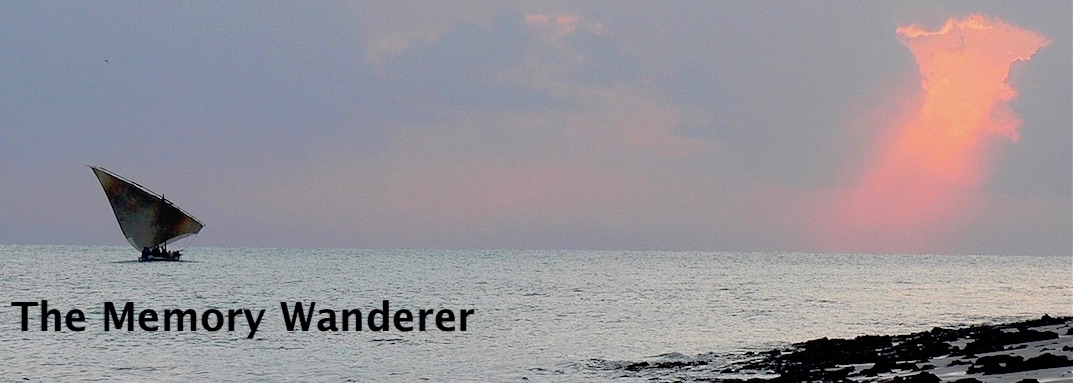
Friday, September 29, 2023
Avoiding the Storm
Thursday, September 28, 2023
Sunspots
....one of today's NASA pictures.
Wednesday, September 27, 2023
Autumn Advances

Tuesday, September 26, 2023
The Rhodesia Letters

Monday, September 25, 2023
Something New

Saturday, September 23, 2023
Red Admirals

As anyone who has been following this blog will know, it's been a miserable summer here for butterflies, quite at odds with the general finding of the recent Big Butterfly Count which reported that most species weren't doing too badly. At least in one thing we agree: the butterfly which has prospered most is the red admiral.
Friday, September 22, 2023
Four Birds

The first bird of interest was this dark greyish bird which was competing with the sparrows for food that had dropped into a rather overgrown vegetable bed - hence the rather poor quality of the photo. I think it may be nothing more exciting than a juvenile blackbird but we're already watching out for the Scandinavian incomers, the redwing and the fieldfare.
Setting off on our morning walk along the coast towards Dunrobin, as we crossed a rather full Golspie Burn by the footbridge we spotted one of our resident dippers. They've been away all summer bringing up young a mile or so upstream, so it's good to see at least one of them back.The walk along the beach, with the tide low, wasn't altogether enjoyable as the number of dead guillemots and razorbills has risen from yesterday's seven to thirteen. However, as if to make up for this, ten of these pretty waders arrived, making themselves at home amid the rocks of low tide leaving........one of their number as a lookout. I like the way it stands on one leg, like a Maasai. They're turnstones, already in their winter plumage.
Our enjoyment of our local birdlife was marred by Mrs MW finding this under the sun room window. It's a goldcrest, a bird we haven't seen all summer, which had evidently flown into the glass with sufficient force to kill itself - this despite it only weighing six grammes. That it has some orange along the centre of its yellow stripe indicates that it is a mature male. Oh dear....Thursday, September 21, 2023
Is Bird Flu Back?

....razorbills, which are very similar in size and looks to the guillemots but are auks, with a very distinctive beak.
While we did find sick and dead razorbills along the shore the last time there was a serious outbreak of bird flu, back in the summer of 2022, they were outnumbered by guillemots and gannets.In all, I found seven dead divers along a kilometre stretch of beach: only a few days ago, when we were last along this beach, we found only one.
Wednesday, September 20, 2023
Letter Writing
 There was a time when the art of writing a good letter was taught in schools, usually as part of the English curriculum - so, for example, pupils were taught when a letter should be formal, in which case it had to end with either "Yours sincerely" or "Yours faithfully". However, I started to learn to write a proper letter not as an exercise but 'for real' at the age of nine, at my prep school, Glengorse, where, on a Sunday morning before we walked down the hill to morning service in Battle church, we were all sat down in our common rooms and instructed to write home. The letter was checked and corrected by the master in charge, and re-written again and again until it was right.
There was a time when the art of writing a good letter was taught in schools, usually as part of the English curriculum - so, for example, pupils were taught when a letter should be formal, in which case it had to end with either "Yours sincerely" or "Yours faithfully". However, I started to learn to write a proper letter not as an exercise but 'for real' at the age of nine, at my prep school, Glengorse, where, on a Sunday morning before we walked down the hill to morning service in Battle church, we were all sat down in our common rooms and instructed to write home. The letter was checked and corrected by the master in charge, and re-written again and again until it was right.
The above letter was written in October 1955, over a year after I joined the school, so you can imagine how awful my letters must have been in January 1954 when I joined the school.
Once I had moved on to public school at the age of 13 there was no requirement to write home but, by that time, the habit was ingrained, so I continued to write to my parents weekly, in increasing detail. I didn't tell them everything that happened - by that time I had learnt that there were things you definitely did not tell parents - but the letters provide a fund of information about life in a British public school in the late 50s and early 60s.I continued to write each time we took a contract abroad, so this is a letter to my parents in April 1968, from Bernard Mizeki College in Rhodesia where Mrs MW and I were teaching. As far as possible, the letters were weekly so, once again, I have this wonderful record of our life there.My parents could so easily have thrown the letters away but my mother kept them; and, every now and again, I retrieve them from the small drawer in the Arab chest where they live, and re-read them, blessing my mother for her foresight in keeping them.










































